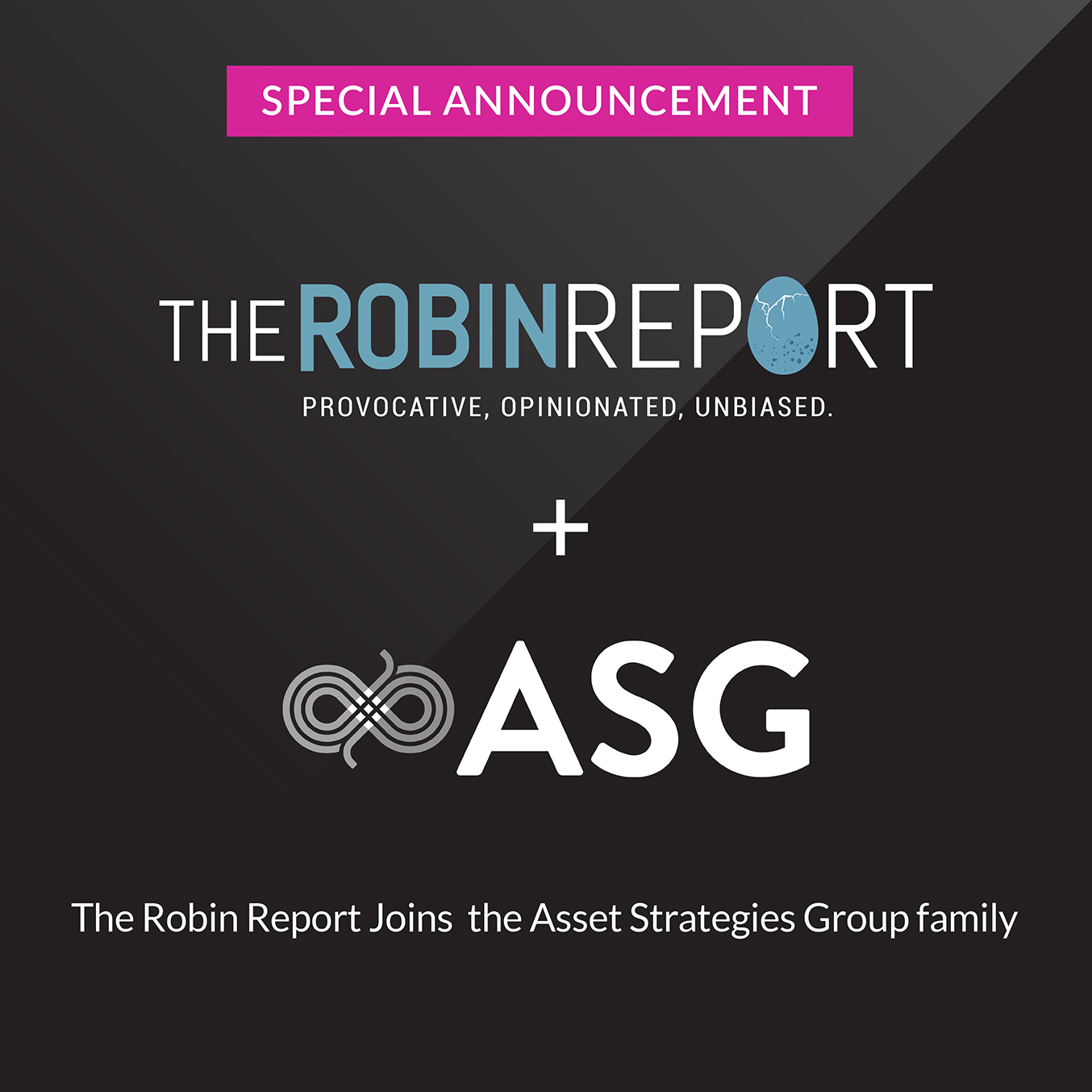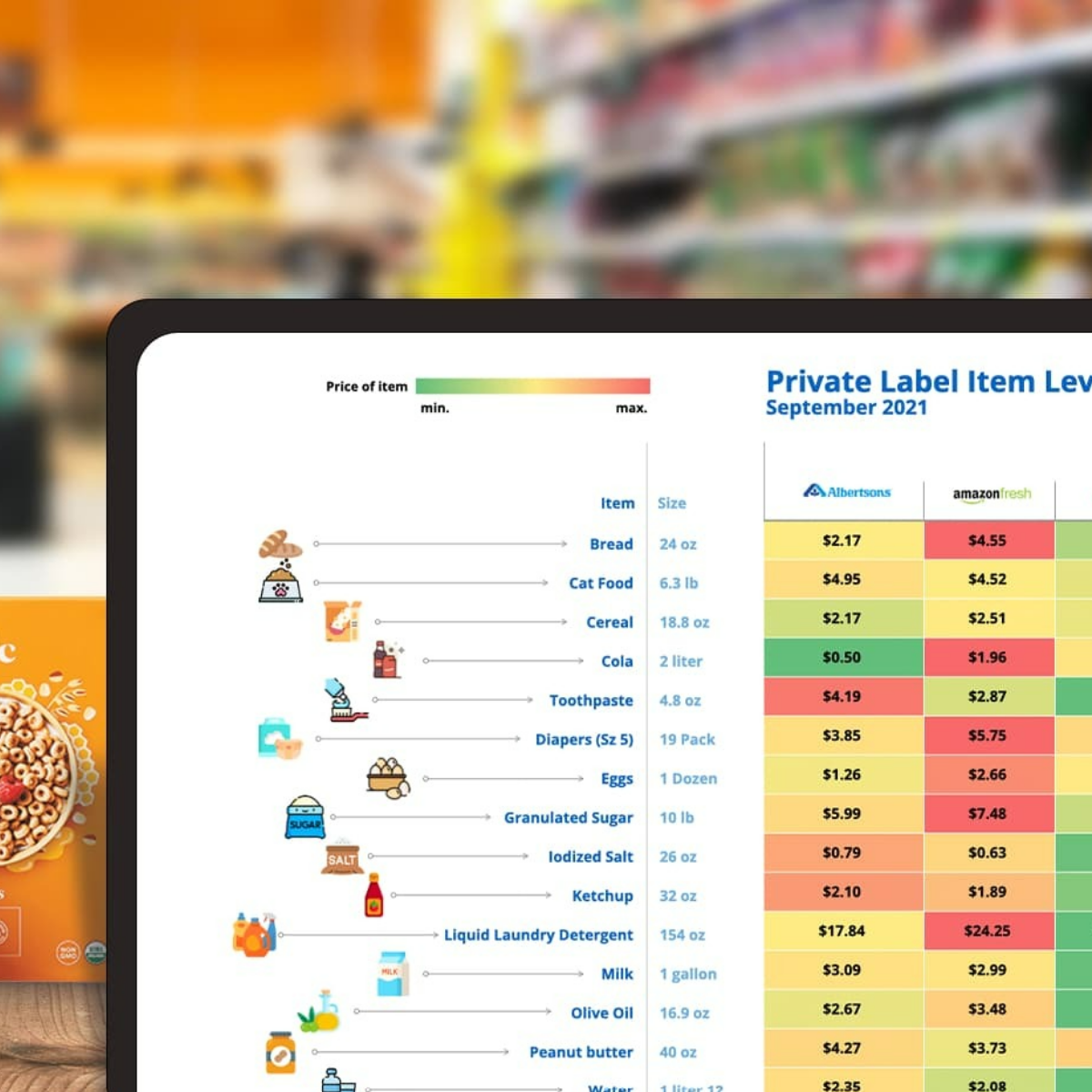With The Open Retail Initiative (ORI) now eight months old, it\’s time to put fingers to keys and provide an overview of just what we have been doing with our end users. Since January, we have been talking to just about anyone that would talk to us. Well, maybe not everyone, but we have spent more than 200 hours directly engaged with over 400 technology partners, end users, agencies, and investors. We have gathered insights and looked for common threads to help form, shape and drive our thinking. All of this helps us to gather the voice of the market and better understand the obstacles and barriers to enabling IOT and moving digital transformation forward.
Where We Were and Where We\’re Going
We started our Open Retail Initiative with a set of hypotheses:
1. Realizing the true value of IOT at the edge can be difficult and will take time;
2. Data is still hard to get and often hard to process; and
3. Industry/community-based approaches provide an easier and less costly way to drive standards.
We then set out to determine how we could test these hypotheses and build a community around ORI. We realized that we would be learning as we go, building feed forward loops to shape the next conversation and working with partners who were new to Intel. To these ends, we created a roadmap of events that we colloquially call our \”Listening Tour.\” More precisely, we have hosted eight events on our own, in conjunction with partners and agencies. These vary in size, location, and format but all sought to help us validate our existing hypotheses and drive community.
What We Learned from End Users
Data and insights remain elusive. A common thread we have heard is around how accessing data, much less sharing it across systems, could be nearly impossible. The data that exists at end users is often in silos, not in common formats, batched not streamed, and, potentially, not accessible to the end users at all. If you can\’t get data to the models, you can\’t get insights out of the models.
New Retail: same problems, but… This one surprised me. I thought that brands that started as purely digital creations and are now building out physical stores would have a markedly different set of problems than that of their predecessors. However, what we found was that to facilitate their move from the digital to the physical, they built a host of homegrown systems that don\’t scale and that don\’t work well at the edge. Their desire for cloud-based solutions has to be balanced with the need for on-premise redundancy.
Digital gets all the attention, but there is plenty of opportunity in supply chain. Perhaps this sounds familiar: \”I have been pitched 5,000 digital marketing innovations, but only two supply chain ones.\” This was quickly followed up with, \”Can Intel please help find more innovators that can help me with my supply chain?\” All of this was wrapped around the comments that digital brings awareness, but supply chain drives return on investment. Balancing investments between digital and physical can be and is difficult.
What We Learned from Tech Partners
Integration into legacy systems is time consuming and difficult. Nothing shocking here, but we have heard it repeatedly throughout the year. Legacy systems can be somewhat of a mystery, especially if they are homegrown and the team who created them is no longer with the end user. The large amount of variation amongst the legacy systems adds another layer of complexity. The danger this creates is that the project takes longer to deploy than the life of the CIO and CTO who commissioned the project.
Infrastructure varies and standards matter just as much as interoperability. Another data point we heard consistently was the quality and quantity of compute within the four walls of any enterprise can vary wildly, and the amount of bandwidth available to them can be limited and inconsistent. Additionally, the data that is collected is often in silos, isn\’t filtered correctly, and can be in completely different formats.
Where Do We Go from Here?
Open our ears! Throughout the eight months, there is one thing I have learned that will stay with me for the rest of my career – listen first! The small group sessions we hosted have been dominated by customers and partners talking. We say very little. Perhaps a few guiding questions. They are willing to share pain points, obstacles, and just about anything else that is holding them back. They want to collaboratively look for solutions.
Stay the course, drive faster. The great news is that everything we have heard so far is validating our hypotheses. Legacy systems, lack of data interoperability, and lack of data formats all cry out for common middleware, common APIs, and commons standards. The Open Retail Initiative is just that.
All of this will help remove the barriers to deployment and enable us to do what we do the best – help drive standards, rally the industry around those standards, and connect our ecosystem to the end users. An open-edge benefits the market as a whole.
Want to know more? To learn more about our efforts for open retail, visit http://bit.ly/IntelOpenRetail. Or feel free to connect with me at christopher.a.timmins@intel.com. Twitter: @intel_timmins



